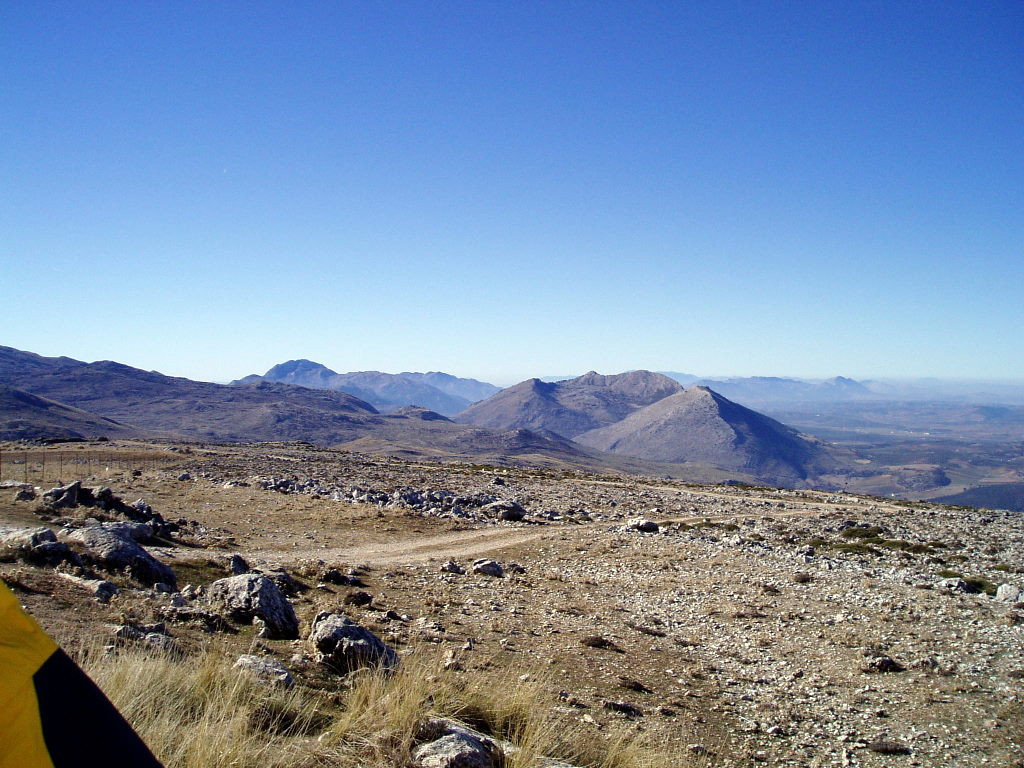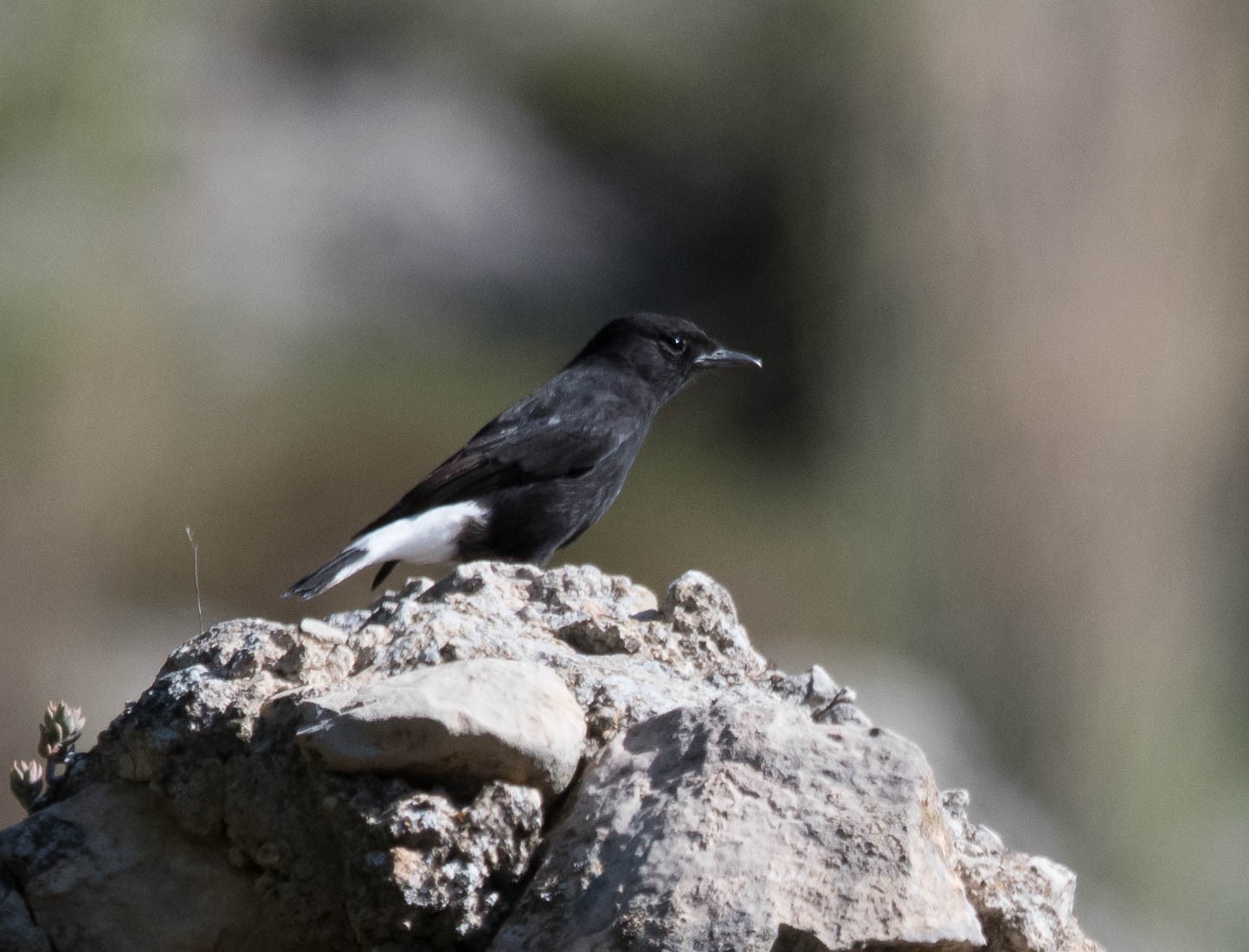Charger images
Les formats d'image autorisés sont de type jpeg, png ou gif
La taille maximale du fichier doit être de 20MB


Beautiful rocky and stony environment with little human influence. Good for birds of prey and birds with a preference of rocky habitats.
The limestone Sierra de Loja is a massif of the Subbética mountain range located at the western end of the province of Granada, with its highest point being Cerro de Santa Lucía at 1,671 meters. It is characterized by being a stony environment with little human influence (except for wind turbines). Many birds can be observed because the open country in the Sierra helps to make birds visible. There are several small pools in the mountains that are interesting to check out. The best known is Charca del Negro. This small pool is rain water fed and is usually dry by August / September.
The Sierra de Loja has breeding pairs of Aigle royal, Aigle de Bonelli, Faucon pèlerin, Monticole bleu, Monticole de roche, Traquet rieur, Traquet oreillard, Grand-duc d'Europe and Crave à bec rouge. Other birds that can be observed in the area are Perdrix rouge, Chevêche d'Athéna, Huppe fasciée, Pie-grièche méridionale, Pie-grièche à tête rousse, Pie ibérique, Cochevis de Thékla, Hirondelle de rochers, Bruant fou, Pouillot de Bonelli, Fauvette orphée and Fauvette pitchou.
The Sierra de Loja is located in the Western side of the Province of Granada and lies to the south of the towns of Loja and Huetor Tajar and to the North of Zafarraya and Alhama de Granada. You can explore the area via the unpaved roads or many smaller trails. Click on a P in the map for directions,
Votre feedback sera transmis à l’auteur.rice de cette zone et à l’équipe éditoriale de Birdingplaces, qui l’utiliseront pour améliorer la qualité des informations. (Vous souhaitez publier un commentaire visible en bas de page ? Fermez cette fenêtre et choisissez l’Option 1 : « Publier un commentaire, un conseil ou une observation ».)
Veuillez fournir des suggestions d'améliorations ou d'ajouts au texte de ce site ornithologique.
Veuillez fournir vos suggestions d'améliorations ou d'ajouts à la carte.
Veuillez fournir des suggestions d'améliorations ou d'ajouts à la liste des oiseaux.
Cliquez sur l'icône de l'oiseau () Insérez les noms d'oiseau dans votre langue. Ils seront automatiquement traduits pour les autres usagers !